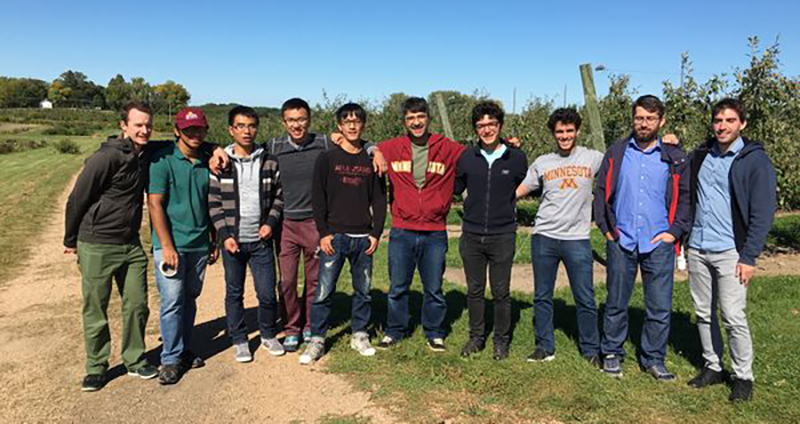
Our lab is a part of the Computer Science & Engineering department at the University of Minnesota. It is located in room 130, Shepherd Lab.
We focus on algorithmic and systems aspects of Robotic Sensor Networks (RSNs). Broadly speaking, an RSN is a network of devices equipped with sensing, communication and actuation capabilities. Designing algorithms for robotic sensor networks requires tackling challenging problems that lie at the intersection of robotics, perception and communication. Our group works on a broad set of RSN related problems ranging from theoretical problems such as Pursuit Evasion and Sensor Placement to developing systems in which robots act as Robotic Routers or Data Mules. In recent years, we have been focusing on applications in Environmental Monitoring and Agricultural Robotics.
To learn more about our research, you can visit our Projects page or contact Volkan Isler. More information on robotics research within the department is available here.
Current projects
Please visit our Projects page to learn more about them.
Funding
- USDA: Surveying and Se: rvoing as Canonical Tasks to Enable Future Farms with Commercial Off-the-Shelf Robots
- UMII: Transdisciplinary Faculty Fellowship
- UMII: MnDrive RSAM
- NSF: Targeted Observation of Severe Local Storms Using Aerial Robots
- NSF: NRI: Small: Collaborative Research: Active Sensing for Robotic Cameramen
- NSF: RI: Large: Collaborative Research: A Robotic Network for Locating and Removing Invasive Carp from Inland Lakes
Contact information
Room 130, Shepherd Lab
100 Union Street SE, Minneapolis, MN 55455
(612) 626-5681 [email protected]